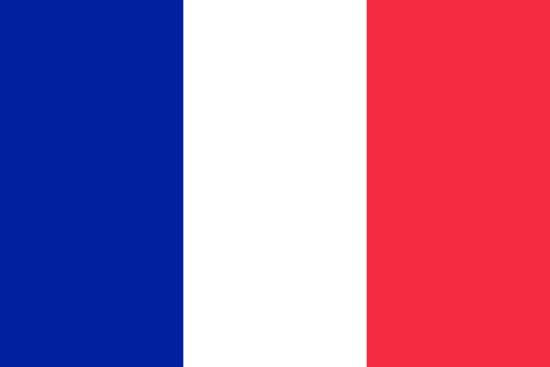"Fiers d'être Havrais | Proud to be from Le Havre"
About:
Le Havre, a city in Normandy, France, was founded in 1517 by King Francis I as a port for trade and exploration. Heavily bombed during World War II, much of the city was destroyed. Post-war, it was reconstructed by architect Auguste Perret, earning UNESCO World Heritage status in 2005 for its unique blend of old and modern architecture. Today, Le Havre remains a vital port city, known for its maritime culture and vibrant arts scene.
When to visit:
Le Havre, a bustling port city in northern France, experiences a temperate maritime climate with mild summers and cool winters. The best time to visit Le Havre for a holiday is during the summer months of June to August when the weather is warm and pleasant, perfect for exploring the city's beaches, museums, and historic sites. This period also coincides with numerous cultural events and festivals, adding to the vibrant atmosphere of the city. However, visitors should be prepared for larger crowds and higher accommodation prices during this peak tourist season.
When to avoid:
Le Havre, located in Normandy, France, experiences its worst travel conditions during the winter months. The period from December to February is characterized by cold temperatures, strong winds, and frequent rainfall. These conditions can make sightseeing and outdoor activities less enjoyable for tourists. Additionally, some attractions and services may have reduced hours or be closed during the off-peak season. It is recommended for travelers to avoid visiting Le Havre during the winter holidays to ensure a more pleasant and fulfilling experience.
"Winter Season (Dec-Feb)"
Winter in Le Havre, France, is the coldest part of the year, with average temperatures ranging from 3°C to 8°C. Rainfall is highest in November, averaging 70mm, making it the wettest month. Days are short, with only about 8 hours of daylight in December. The city often experiences overcast skies, with cloud cover reaching 75% in the winter months. An average day for a visitor might involve bracing the chilly weather and frequent drizzles, so pack warm clothes and an umbrella. Despite the weather, the city's indoor attractions like museums and cafes remain inviting.
"Summer (June-August)"
The warmest part of the year in Le Havre, France, is typically from June to September, with July and August being the peak summer months. During this time, the average high temperatures range from 20°C (68°F) to 24°C (75°F), while the lows are around 15°C (59°F) to 18°C (64°F).
Rainfall is relatively low during these months, with an average of 50mm to 60mm per month. The city experiences a fair amount of sunshine, with an average of 6 to 7 hours of sunlight per day.
Humidity levels are moderate, usually around 70-75%, which can make the temperature feel slightly warmer than it actually is. As for cloudiness, summer in Le Havre is partly cloudy, with clear or mostly clear days interspersed with some cloudy ones.
A typical day for a visitor during this time of year might start off a bit cool in the morning, but the temperature quickly rises, making the afternoons warm and pleasant. The humidity can make it feel a bit muggy, but the sea breeze helps to moderate the temperature. Despite some cloudy days, there's plenty of sunshine to enjoy outdoor activities. The evenings are comfortably cool, perfect for a leisurely stroll along the beach or the city's charming streets.
Language:
In Le Havre, France, the most commonly spoken language is French, as it is the official language of the country. However, due to its status as a major port city and its diverse population, other languages such as English, Arabic, and various African languages can also be heard.




